There are five intercepting methods for Filter filter. Use annotation to configure the dispatcherTypes property
REQUEST: by default, resources directly requested by the browser will be blocked by the filter
FORWARD: FORWARD access resources will be blocked by filters
INCLUDE: contains access resources
ERROR: ERROR jump resource
ASYNC: asynchronous access to resources
If it is a web.xml configuration, it is to configure its < dispatcher > < dispatcher > tag
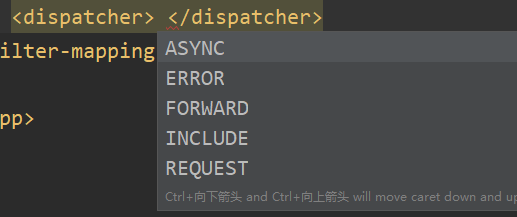
Here, we use notes to explain REQUEST and FORWARD, which are also commonly used. Here, we use a Filter class and a Servlet class to demonstrate. The Filter class controls the interception method, and the Servlet controls the access method, that is, REQUEST forwarding
package com.zhiying.filter;
import javax.servlet.*;
import javax.servlet.annotation.WebFilter;
import java.io.IOException;
@WebFilter(urlPatterns = "/index.jsp", dispatcherTypes = DispatcherType.REQUEST)
public class FilterDemo5 implements Filter {
public void doFilter(ServletRequest request, ServletResponse response, FilterChain chain) throws IOException, ServletException {
System.out.println("Filter executed");
chain.doFilter(request,response);
}
}
package com.zhiying.servlet;
import javax.servlet.ServletException;
import javax.servlet.annotation.WebServlet;
import javax.servlet.http.HttpServlet;
import javax.servlet.http.HttpServletRequest;
import javax.servlet.http.HttpServletResponse;
import java.io.IOException;
@WebServlet("/user/a1")
public class ServletDemo1 extends HttpServlet {
@Override
protected void doGet(HttpServletRequest req, HttpServletResponse resp) throws ServletException, IOException {
System.out.println("servlet1...");
req.getRequestDispatcher("/index.jsp").forward(req,resp); //Accessing index.jsp in the form of request forwarding
}
@Override
protected void doPost(HttpServletRequest req, HttpServletResponse resp) throws ServletException, IOException {
doGet(req, resp);
}
}
As you can see, direct access to index.jsp is through the filter
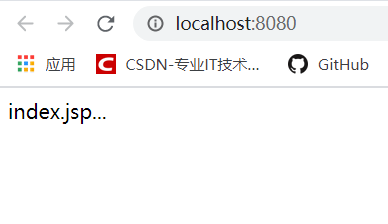
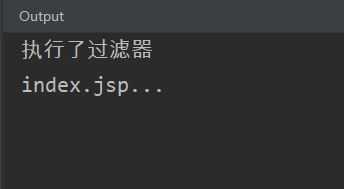
As can be seen from the figure below, if we access index.jsp through request forwarding, we will not go through the filter
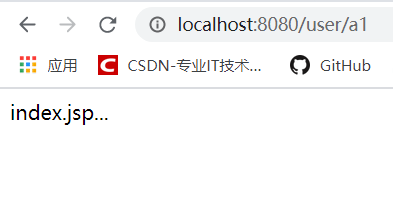
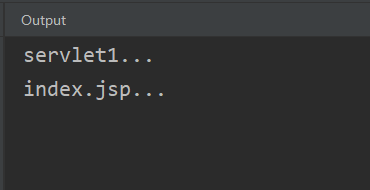
Of course, we can also demonstrate that if FORWARD: FORWARD access resources will be blocked by filters. Modify the Filter class as follows
package com.zhiying.filter;
import javax.servlet.*;
import javax.servlet.annotation.WebFilter;
import java.io.IOException;
@WebFilter(urlPatterns = "/index.jsp", dispatcherTypes = DispatcherType.FORWARD)
// @WebFilter(urlPatterns = "/index.jsp", dispatcherTypes = DispatcherType.REQUEST)
public class FilterDemo5 implements Filter {
public void doFilter(ServletRequest request, ServletResponse response, FilterChain chain) throws IOException, ServletException {
System.out.println("Filter executed");
chain.doFilter(request,response);
}
}
As you can see below, direct access is not filtered
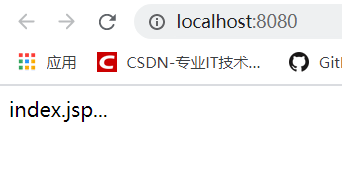
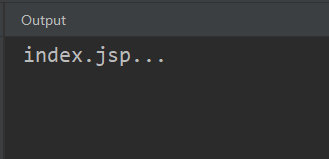
As you can see below, request forwarding passes through the filter
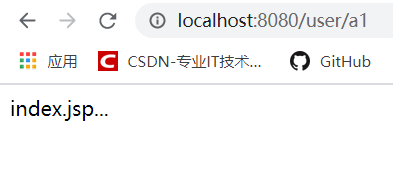
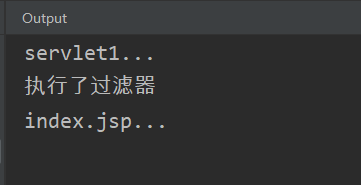
Let's take a look at the combination of the two. It is configured on the annotation. It can be accessed either directly or through forwarding. You can modify the Filter class
package com.zhiying.filter;
import javax.servlet.*;
import javax.servlet.annotation.WebFilter;
import java.io.IOException;
@WebFilter(urlPatterns = "/index.jsp", dispatcherTypes = {DispatcherType.FORWARD,DispatcherType.FORWARD})
// @WebFilter(urlPatterns = "/index.jsp", dispatcherTypes = DispatcherType.FORWARD)
// @WebFilter(urlPatterns = "/index.jsp", dispatcherTypes = DispatcherType.REQUEST)
public class FilterDemo5 implements Filter {
public void doFilter(ServletRequest request, ServletResponse response, FilterChain chain) throws IOException, ServletException {
System.out.println("Filter executed");
chain.doFilter(request,response);
}
}

